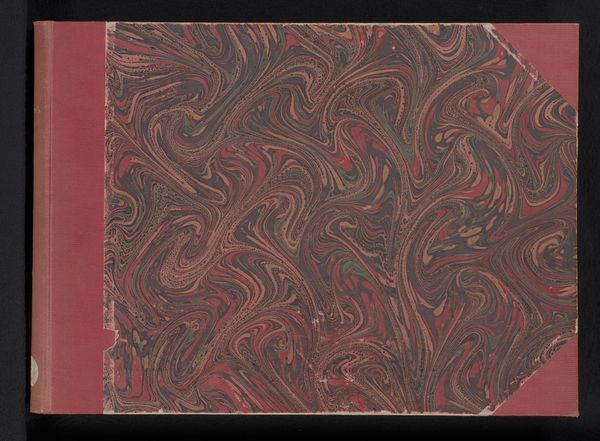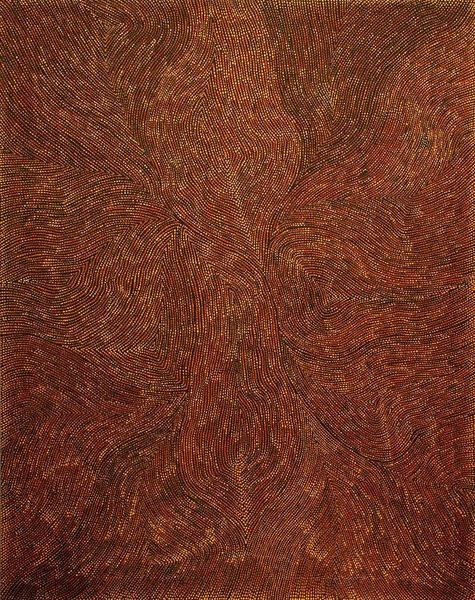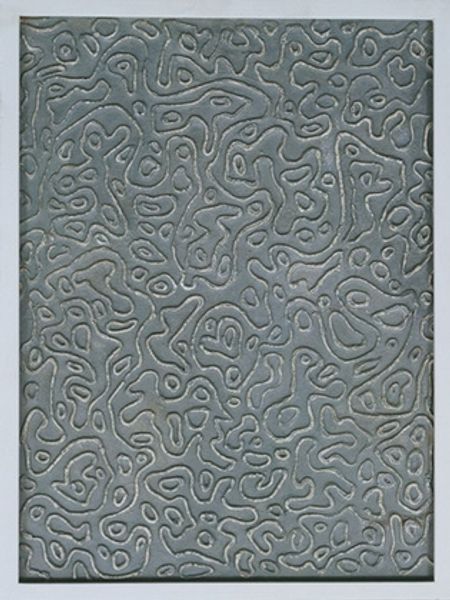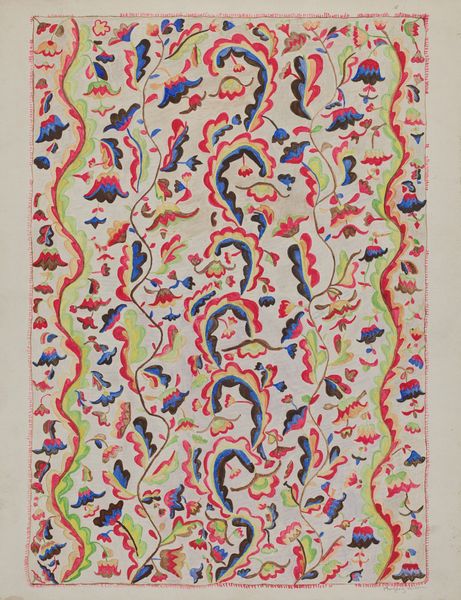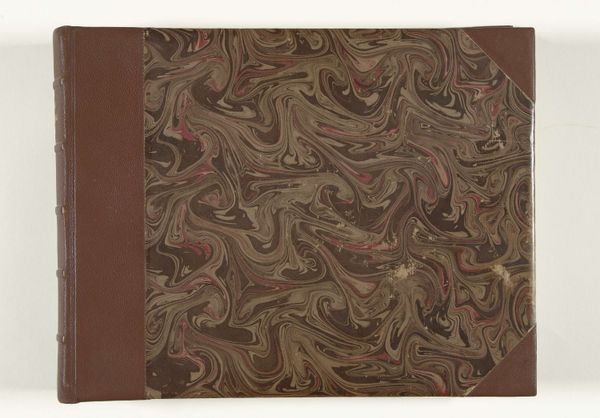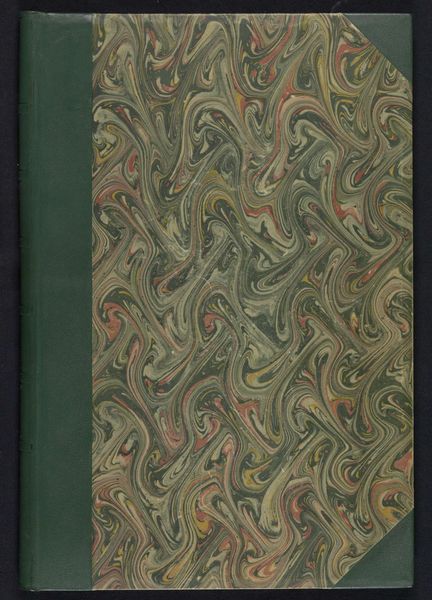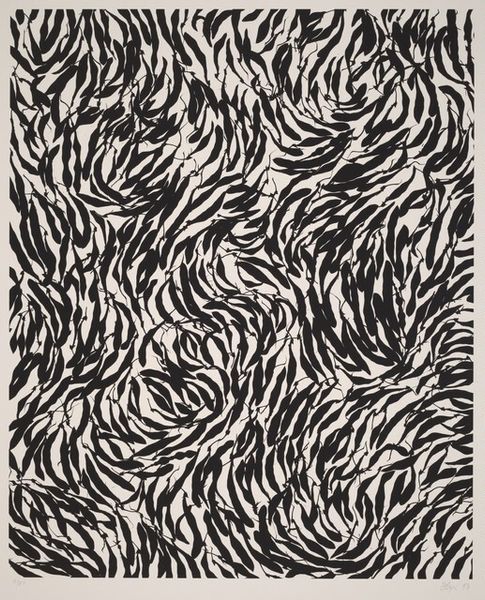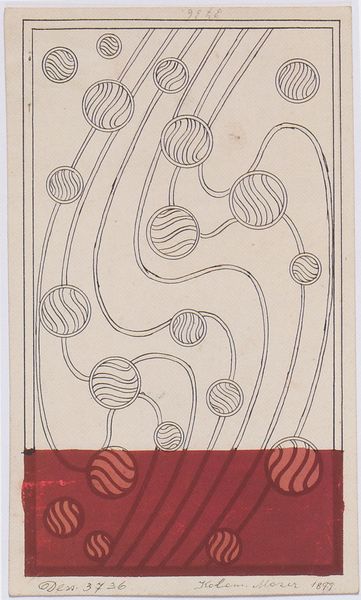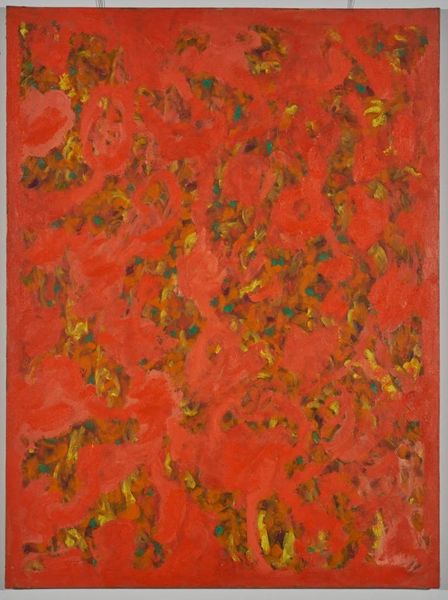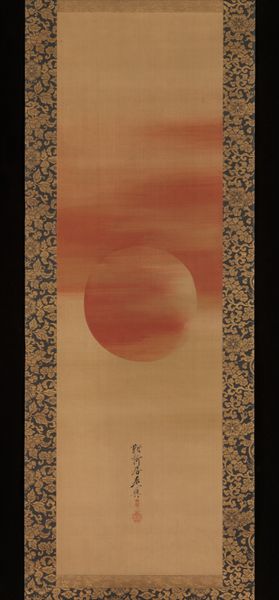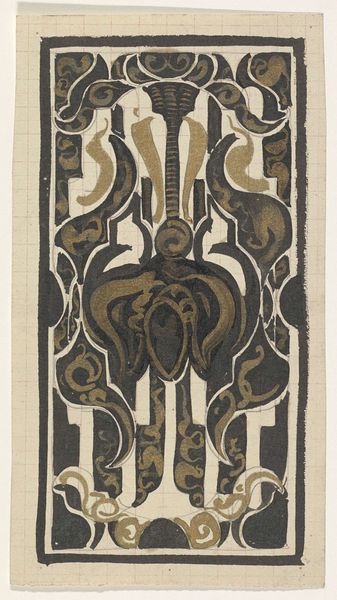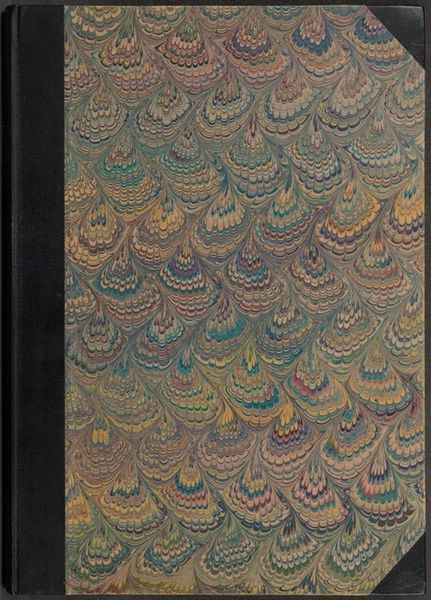
Album met voorstellingen van landschappen in de omgeving van Haarlem Possibly 1761 - 1763
0:00
0:00
hendrikspilman
Rijksmuseum
drawing, paper
#
drawing
#
natural stone pattern
#
naturalistic pattern
#
landscape
#
paper
#
geometric pattern
#
pattern background
#
abstract pattern
#
organic pattern
#
repetition of pattern
#
vertical pattern
#
pattern repetition
#
layered pattern
Dimensions: height 428 mm, width 277 mm, thickness 14 mm, width 547 mm
Copyright: Rijks Museum: Open Domain
Editor: So this is Hendrik Spilman's "Album met voorstellingen van landschappen in de omgeving van Haarlem," possibly from 1761-1763, it’s a drawing on paper. The cover itself is quite striking—the marbled pattern gives it a sense of movement, almost like looking at shifting sands. What narratives or contextual layers do you see in this particular album cover? Curator: This marbled pattern, seemingly abstract, is anything but devoid of context. Consider the colonial period when this album was made. The Dutch landscape wasn't just a picturesque scene; it was property, it was power, it was identity. How does this album, depicting the Haarlem landscape, function within that social framework? Whose lands are being represented, and for whose consumption? Editor: That’s a great point. I hadn't really thought of it in terms of land ownership and power dynamics. Curator: Exactly! This pattern, reminiscent of water or earth, could symbolize the very land that was being claimed, cultivated, and controlled. What if this aesthetically pleasing pattern serves to obfuscate these harsher realities of ownership and exploitation? It might be useful to also explore gender here. How are women written out of this vision? Editor: Wow, I never would have thought of it like that. The pattern is really captivating. Curator: And isn't that the point? Aesthetic appeal can often be a tool, right? How might it distract from deeper social inequities that these landscapes represented? And whose perspective do we get from this? Editor: It makes you wonder what is inside! So, by using what appears decorative, it might reinforce power imbalances within landscape art of the period. Curator: Precisely. Think of it not just as art, but as a historical artifact embedded in a web of social and political implications. Next time you see such artwork, always look at how power intertwines itself! Editor: I'll never see a marbled pattern the same way again. Thanks so much for your perspective!
Comments
No comments
Be the first to comment and join the conversation on the ultimate creative platform.
